SakenowaRecord your sake experiences and discover your favorites
日高見Hidakami
Flavor Chart®
A chart created from flavor analysis of user comments.

Flavor Tags ®
Tags generated from flavor analysis of user comments.
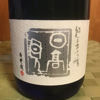
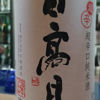
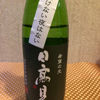
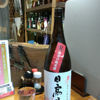
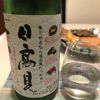
Popular Comments
Fruity sweetness.
Transparent and easy to drink.
It goes well with fish dishes.
Sake rice is Yamadanishiki from the Tojo Special A district in Hyogo Prefecture.
Polishing ratio is 40%.
Japanese>English
Brands from Hirako Shuzo
Hidakami
Similar Brands
We analyze the flavors based on everyone's comments and select similar brands.
SuigeiSimilar Characteristics
Kenkon'ichiSimilar Characteristics
Location
1-chōme-5-3 Shimizuchō, Ishinomaki, MiyagiOpen in Google Maps
Timeline
ジェミニ
Spicy but still easy to drink.
Japanese>English
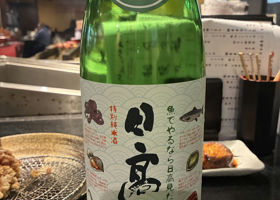
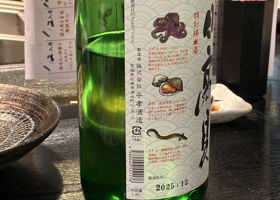
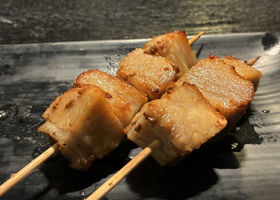
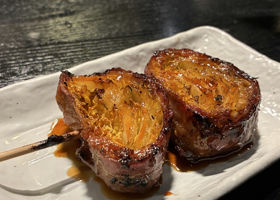
メキシコテキーラ
Tonight's finale was a special junmai from Hikakami. It was a little less umami but had a refreshing taste.
Japanese>English
Hidakami芳醇辛口純米吟醸
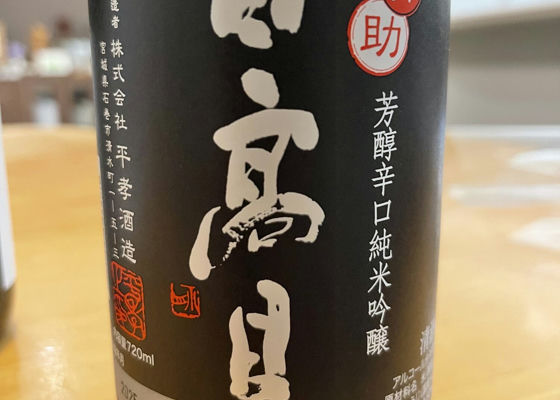

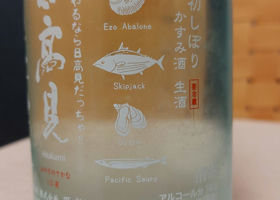
森人くり
New Year's Day 🎍The second one is Hidakami🤗.
Sake that is synonymous with dry and clean 🍸✨🍷.
Fruity and balanced with a touch of bitterness when mixed with lees ❕🤩❕🤩.
I finished it in no time!
★★★★★
Japanese>English
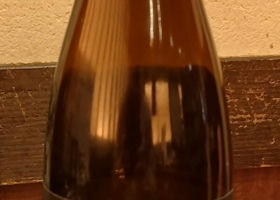

dorankdoragon
Refreshing aroma✨
Sweet like a ripe melon🍈.
Citrus acidity also comes later 🍊
Refreshing mouthfeel 🎵
Refreshing aftertaste 🍈👍️
Japanese>English
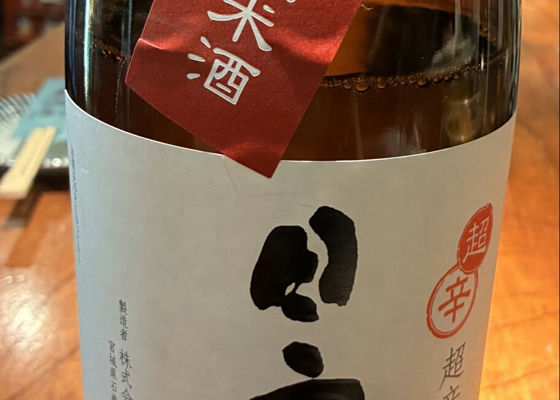
たかひろ
★★★★☆:4.0
TranslationView.language.ko>English
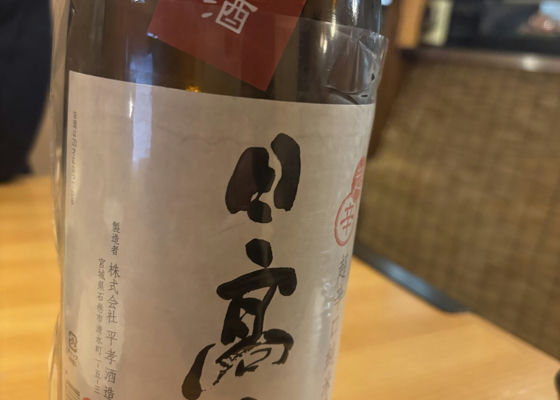
玲
Dry but a little light
Easy to drink
It has a sharpness.
Japanese>English
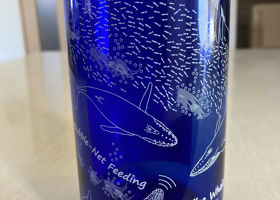
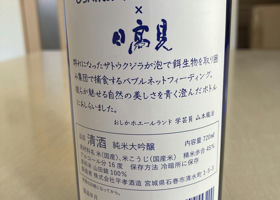
Yoshi1019
I purchased this bottle when I visited Ishinomaki. It starts off with a mellow mouthfeel, but despite being a daiginjo, its sweetness is moderate. When chilled, it is light and therefore a good choice as a mid-meal drink.
Alcohol content: 16%.
Rice polishing ratio: 45
Japanese>English
たこわさ大魔神
Easy to drink like water
Japanese>English
かおる
Super dry! Delicious!
Japanese>English




よう
.
Sumi - Mori - Umi at Kinzo Ichibancho
The snack of the day
Appetizer
Kinzou seared and vinegared mackerel
grilled chicken
hearts and green onions
half portion of hikakami
Japanese>English
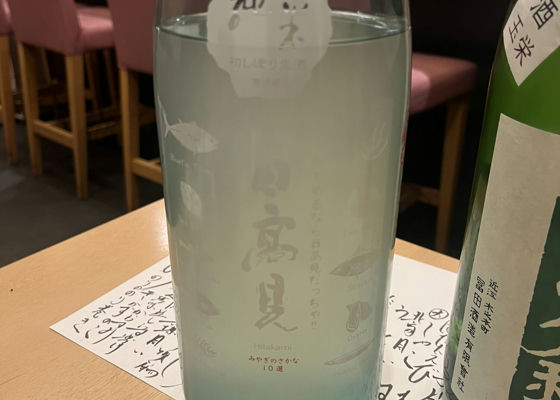
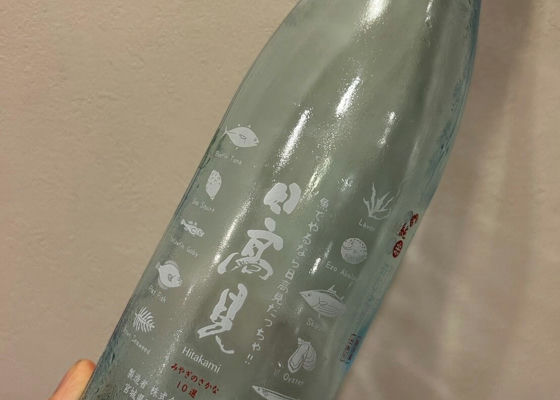
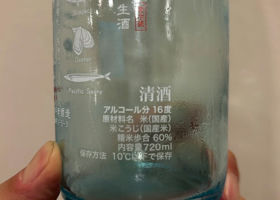
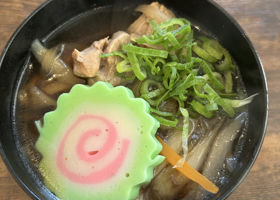
ワカ太
This is Hitakami, first Shiboribori💕I must drink my beloved Miyagi sake on a regular basis, right😊.
This one is also very refreshing! But the umami, or refreshing sweetness, or the gentle taste that everyone loves, comes from deep inside. This is the charm of Miyagi sake ✨😆✨It seems to open various doors from the back: ❣️
The third picture is the ozoni of my hometown Miyagi. It's called "okinnai" and is made of shredded vegetables and chicken simmered in a soy sauce base, with rice cake. I'll make Kansai's white miso ozoni the next day.
Japanese>English
ma-ki-
Good evening, Mr. Wakata!
Hidakami Hatsushibori is delicious 😋.
I remember it being a great sake with a good balance and great with a meal 😍.
The zoni are also different in each region and look interesting and delicious 🤤.
Japanese>English
兄貴
I've never had a drink of this sake 🍶It looks delicious and I'm curious about it... I haven't had ozoni this year... I'm also curious about the regional color, I've never seen naruto🍥 color before... ...
Japanese>English
ワカ太
ma-ki-San, good evening 😃I think Hidakami goes well with Japanese food ✨Ozoni, even just in my family, we have a mix of Miyagi, Osaka, and my mother-in-law in Kanto, so New Year's is a bit of a mixed bag, but that's fun too 😊.
Japanese>English
ワカ太
Good evening brother 😃Hitakami, I didn't know you haven't had it yet, that's something I'd love for you to meet 😆 This green Naruto always appears at New Year's in northern Miyagi, but this is the only time I see him 😅I wonder where he's lurking for the remaining 11 months of the year: ⁉️
Japanese>English
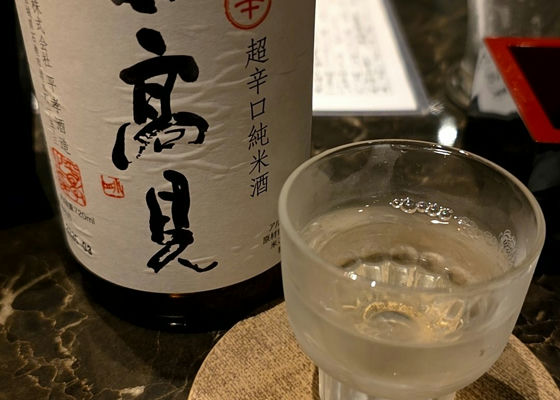
じゅんいち
Clear and easy to drink!
@Neighborhood
Japanese>English

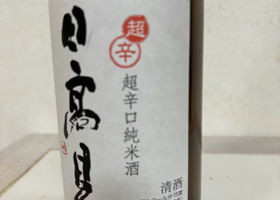
CMP
Junmai sake brewed with Hitomebore. It was a dry sake with a rich and umami flavor. When heated, it became soft and mild.
Japanese>English